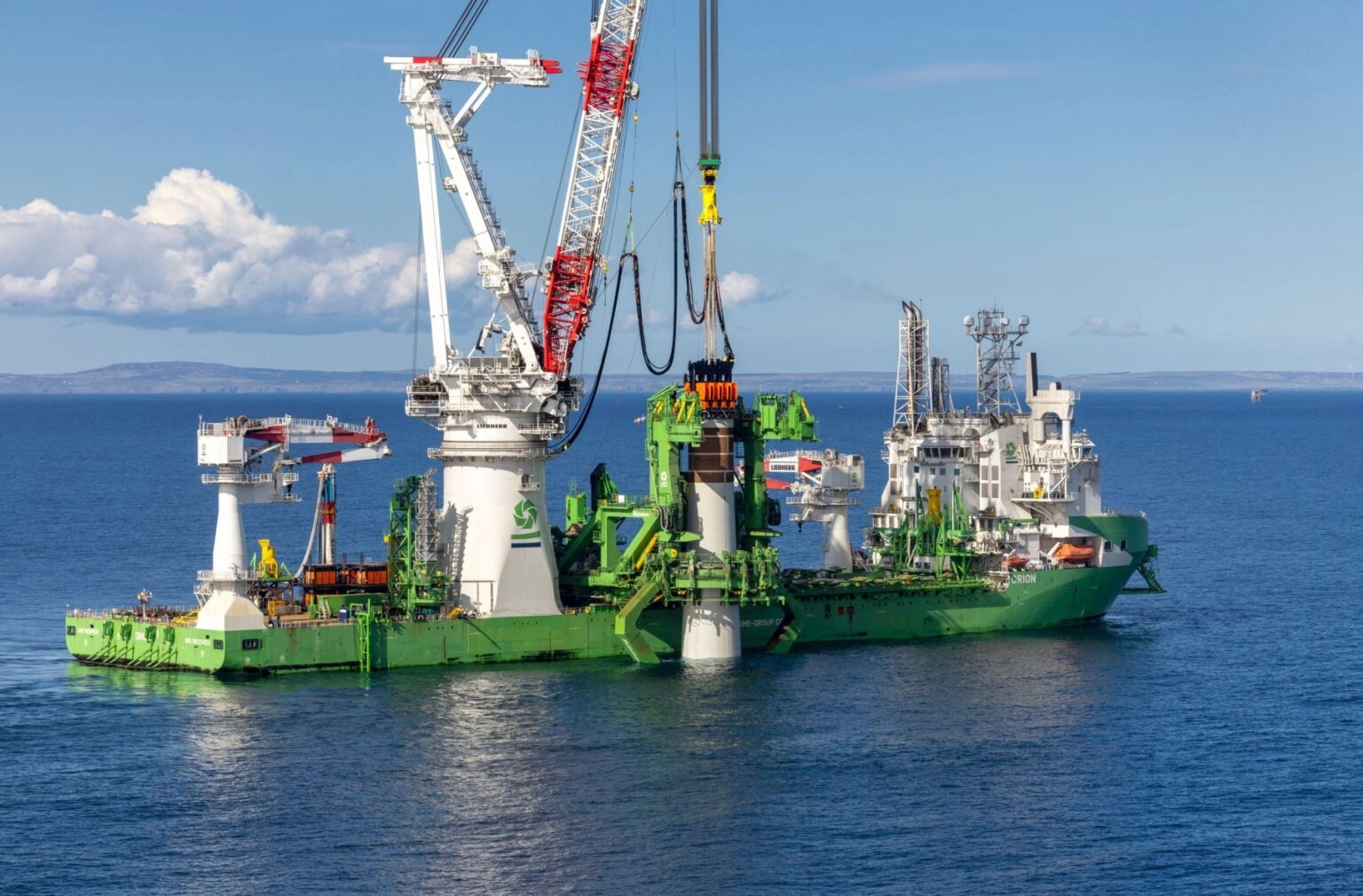New whitepaper: Lifting the Future of Monopile Installation
- 07 March 2024
- News
The rapid growth of the global wind energy sector, driven by ambitious government targets, is leading to expansion into new offshore locations with deeper water and weaker ground conditions. This, together with increasing turbine sizes and capacities, requires innovative solutions for installing larger and heavier monopiles. TWD has published a white paper on the installation of ‘future monopiles’, providing insight into the challenges and innovative solutions.
Contrary to this growing demand, there is a projected shortage of capable installation vessels, presenting a significant challenge for the industry. The current installation methods, which heavily rely on Jack-Up Vessels (JUVs), have been effective but are limited in their ability to handle the future requirements of longer, larger, and heavier monopiles. Simply scaling up existing vessels and equipment will not be sufficient.
A holistic approach
To meet future installation targets, we must innovate and challenge the conventional methods for transport and installation of monopiles. To develop the optimal method for a given project, adopting a holistic approach and understanding project-specific factors such as water depth, local weather, and soil conditions is crucial. This approach allows us to:
- Utilize the existing fleet and therefore increase the pool of capable vessels
- Improve the speed and efficiency of installation
- Create robust installation methods that ensure the reliability of supply
Break the supply chain bottleneck
The TWD white paper ‘Lifting the Future of Monopile Installation’ explores conventional methods for monopile installation, emerging alternatives, and the impact of operating with increasingly heavy, long, and wide monopiles. It also emphasizes the importance of a holistic project approach to meet installation targets and discusses innovative installation methods that can help break supply chain bottlenecks.
Method Engineering by TWD
By evaluating and forming the optimal construction method at an early project stage, our Method Engineering service helps you reach your targets. At TWD, our multidisciplinary engineers understand that smart installation methods can bring you competitive tenders and profitable projects. This is why we approach every challenge with method engineering – a process that develops the optimal construction sequence, defines required assets, and specifies the needed temporary works when the project starts.
Curious to know how Method Engineering can benefit your next engineering project? Reach out to learn more.
Share this article on
